With the loss of biodiversity, wildlife populations in human care are taking on an increasingly important role. Animals of a large number of species are kept and bred in aquariums, terrariums and aviaries with enormous dedication, passion and expertise by both private and institutional keepers – these populations can be of great importance for species conservation. One of the challenges here is their coordination. It is possible for individuals to save species from extinction in the short term, but to conserve them in the long term requires a coordinated network of species conservationists.
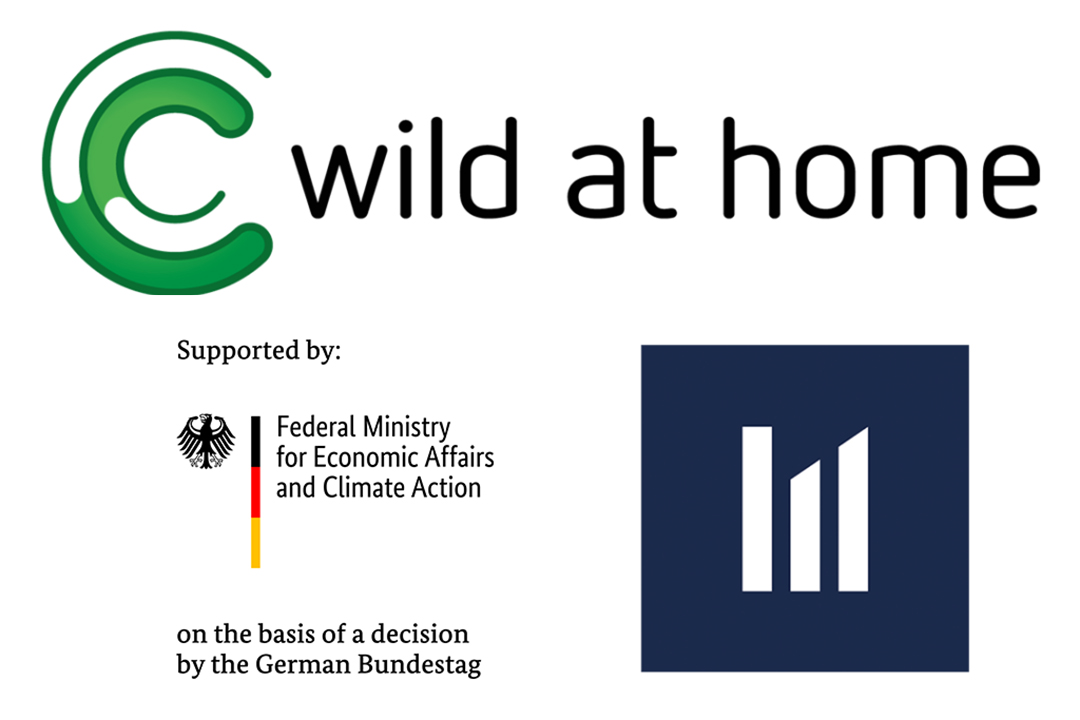
“Wild at Home” – sponsored by the Federal Ministry for Economic Affairs and Climate Action and supported by marmalade GmbH.
Communication, querying and managing data, documenting transfers – this takes a lot of time and must be accurately maintained by hand. Out of the desire to make animal management more sustainable and efficient for everyone, “Wild at Home” was born, and with it the idea of making better use of existing knowledge for the benefit of species conservation.
The German Federal Ministry for Economic Affairs and Climate Action was also convinced of this project and supported the development of “Wild at Home” through the “IGP – Innovation Program for Business Models and Pioneer Solutions”. The project received further support from the IT agency marmalade GmbH, which additionally supported the platform development with financial resources and also contributed technical expertise.
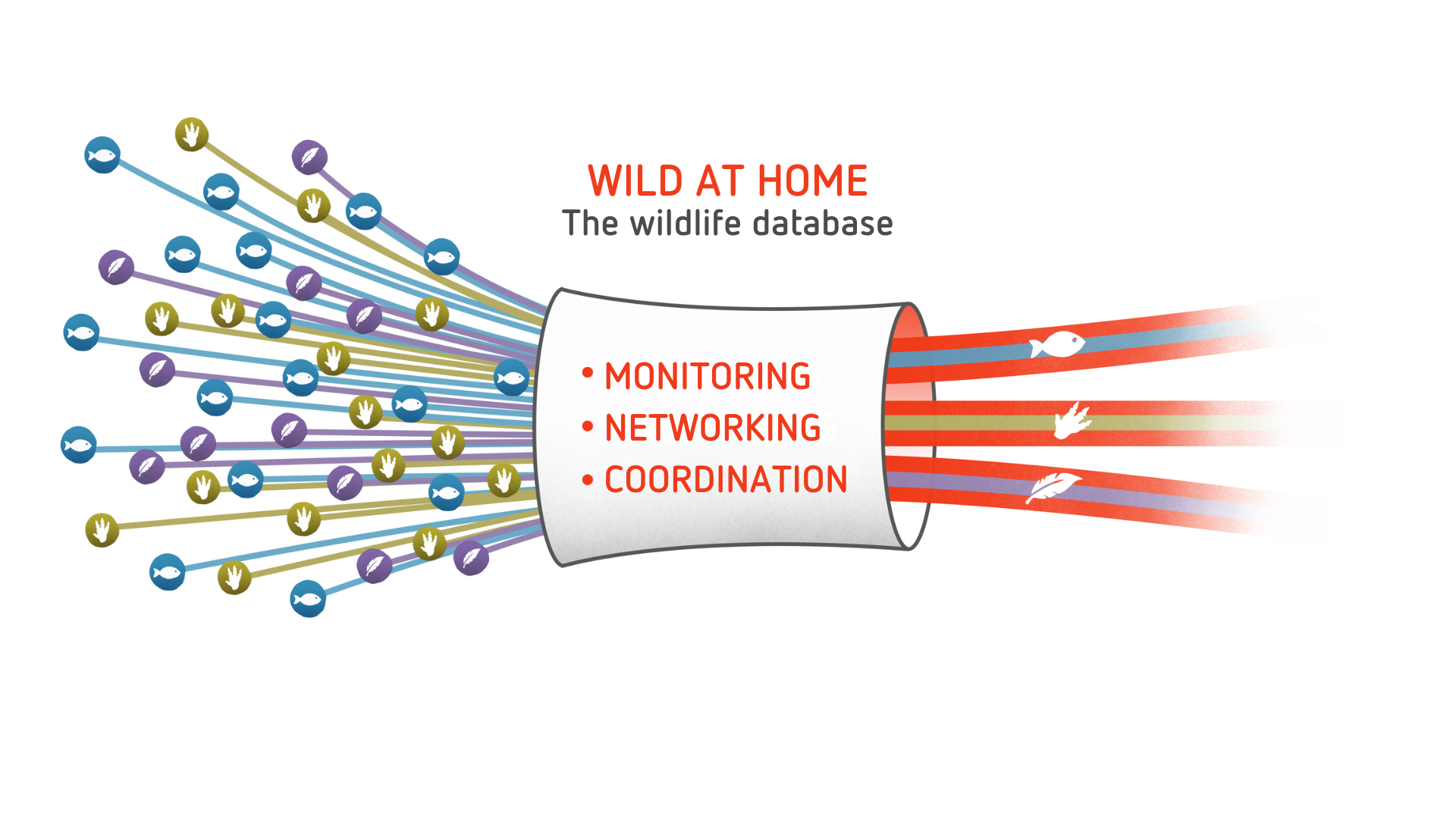
Monitoring, networking and coordination – all under one roof. © Jonas Lieberknecht
The network for all wildlife keepers: "Wild at Home"
Platform for wildlife management and knowledge exchange in one: The current beta version of “Wild at Home” (WaH) is the first step in this direction. In the future, the web app will enable private keepers as well as zoos, breeding communities and other institutions to manage and coordinate their populations. At the same time, WaH offers space for exchange among each other.
The goal: A broad monitoring of species in human hands, which allows to react to disappearing wild animal populations in nature as well as in human care, as well as a continuous improvement of animal husbandry in terms of animal welfare.
Access to WaH is currently password protected. If you have any questions about the platform, are interested in test participation or in using WaH, please feel free to write to: wildathome |at| citizen-conservation.org.
Password protected access to “Wild at Home”: Follow the link.
Impressions from "Wild at Home"
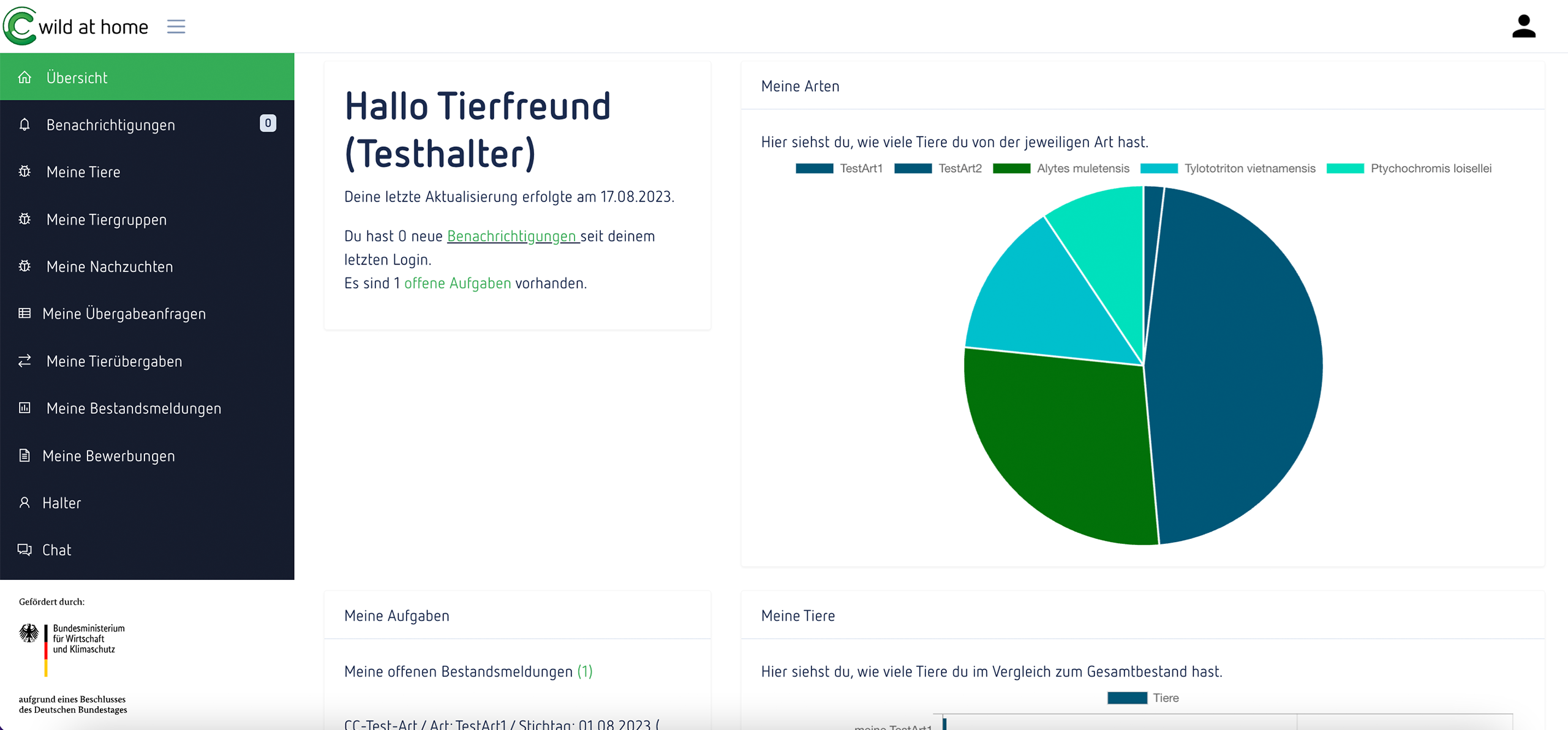
The dashboard: overview of tasks and visual representation of the own stock.
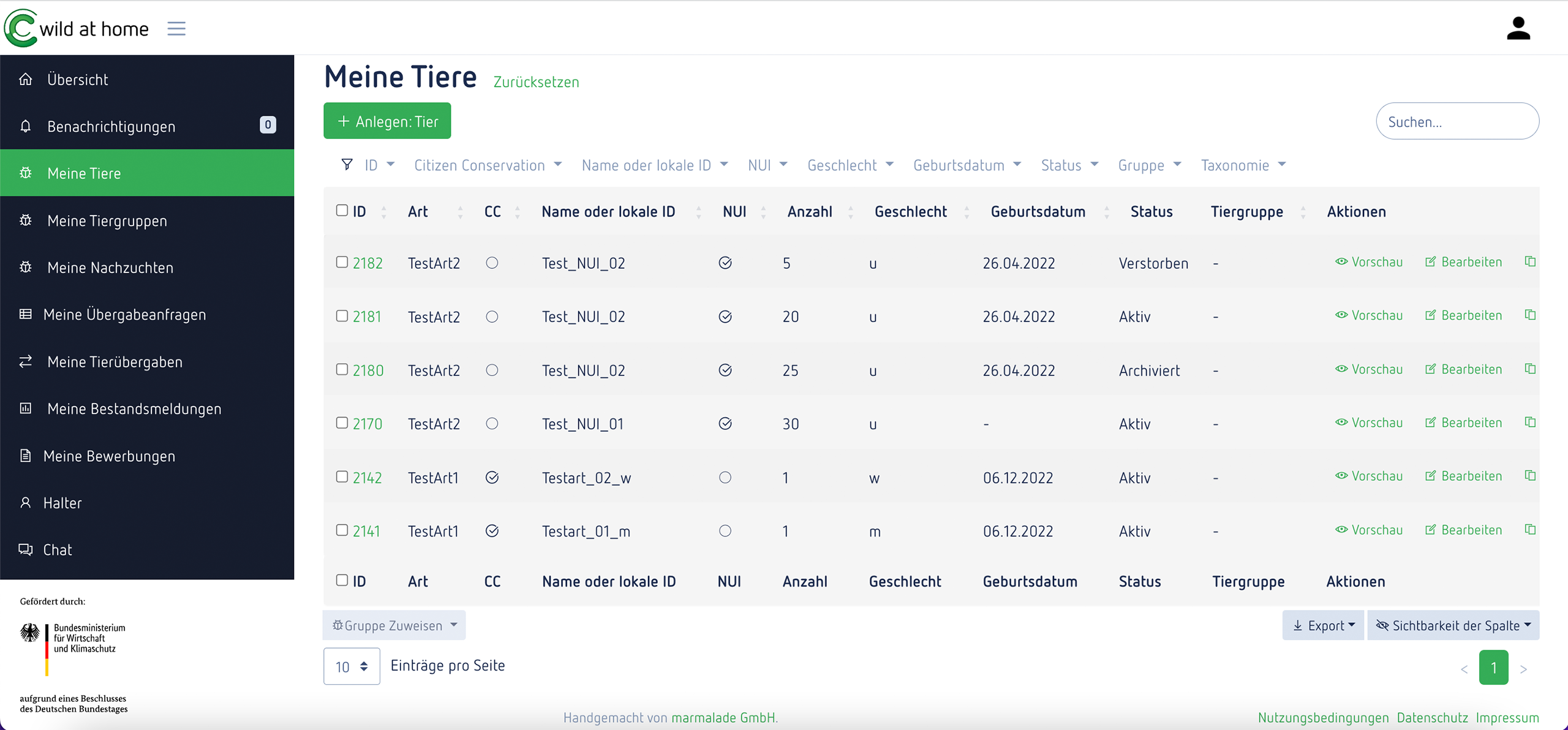
In the section ‘My animals’ you can get an overview of your own stock, deceased and surrendered animals.
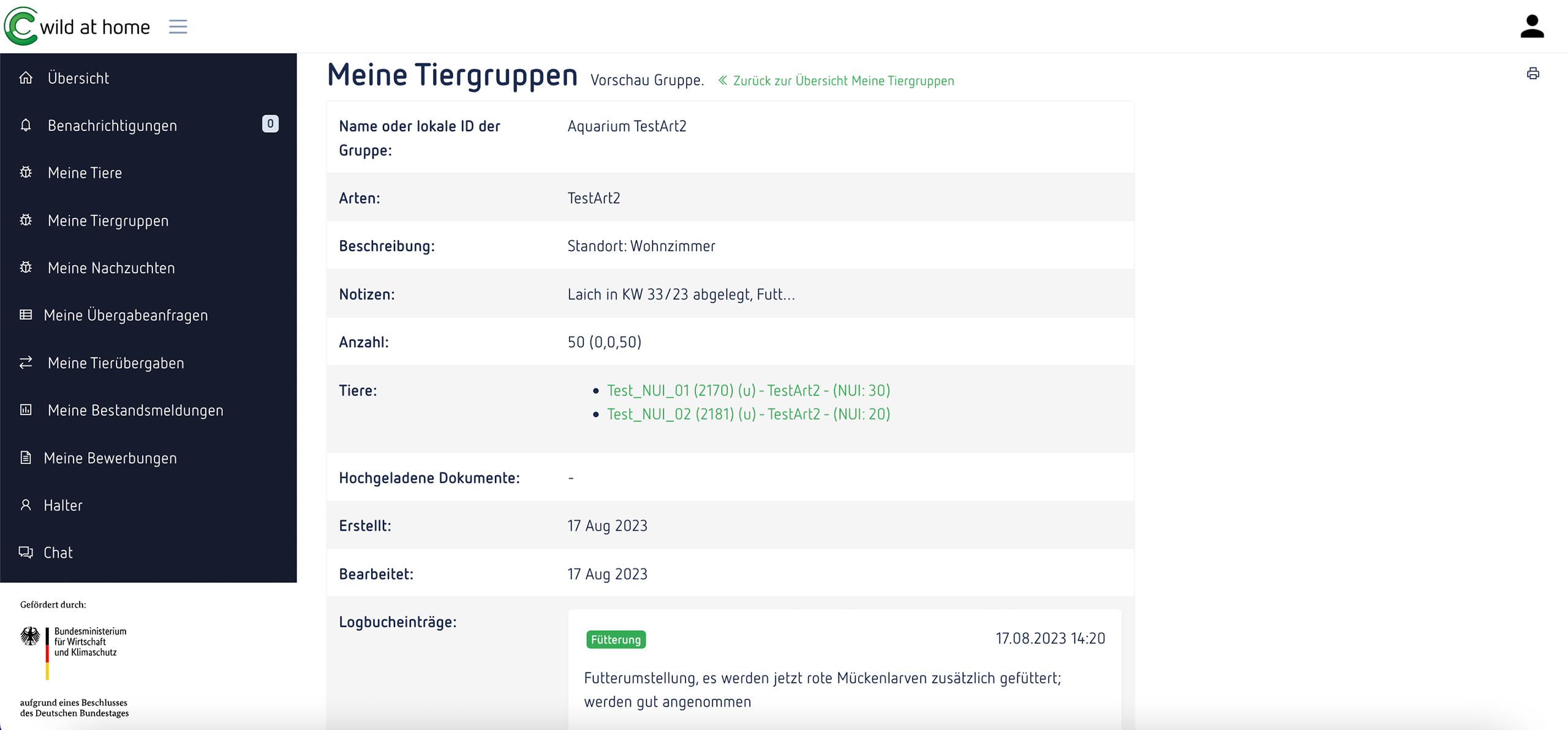
Under the menu item “My animal groups“, individuals and NUI (groups of indistinguishable individuals) can be combined to form husbandry, breeding or feeding groups.
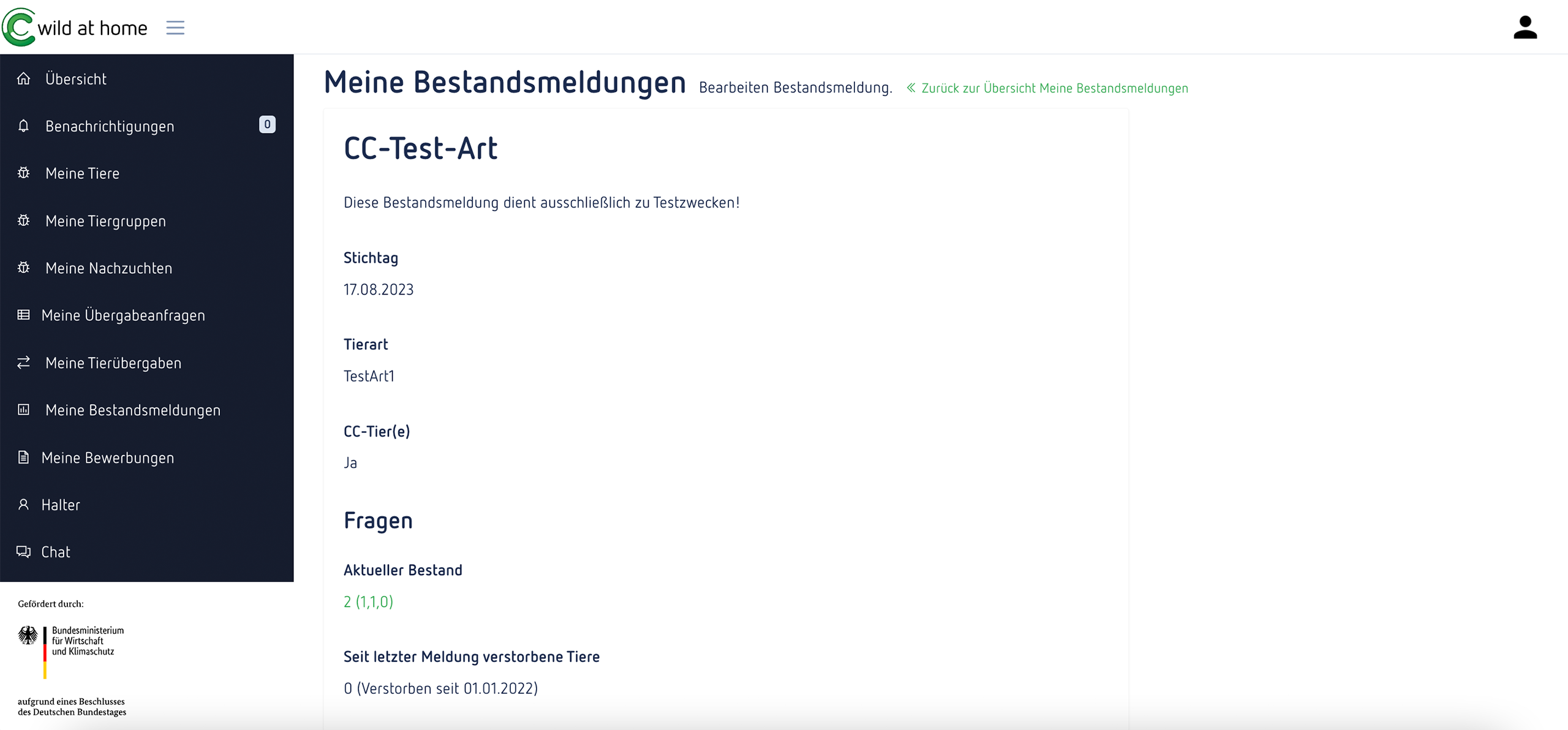
For CC and other breeding groups, WaH will make it easier to query the stock in the future – this can now be done digitally with just a few clicks.
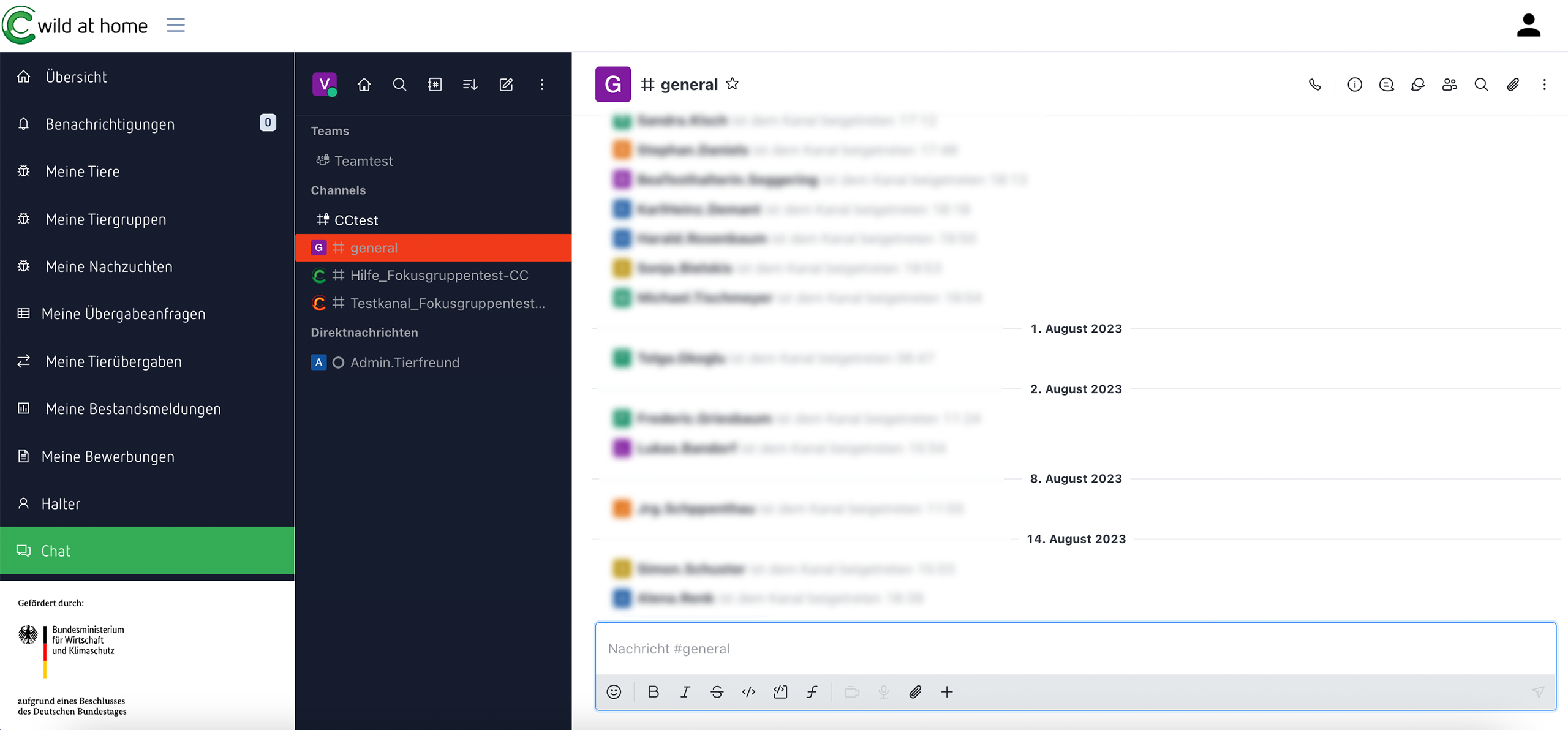
The community area – here species conservationists and animal lovers can network and exchange information.
Coming soon
„Wild at Home“ ist funktionsfähig, nun wollen wir die bestehenden Funktionalitäten Schritt für Schritt ausbauen und verbessern. Wichtige Bereiche dabei sind zum Beispiel der Ausbau der Plattform für Zuchtprogramme oder auch die Wissenssammlung und -bereitstellung. We will be happy to keep you up to date via wildathome |at| citizen-conservation.org.
A selection of species that can already be managed in "Wild at Home"
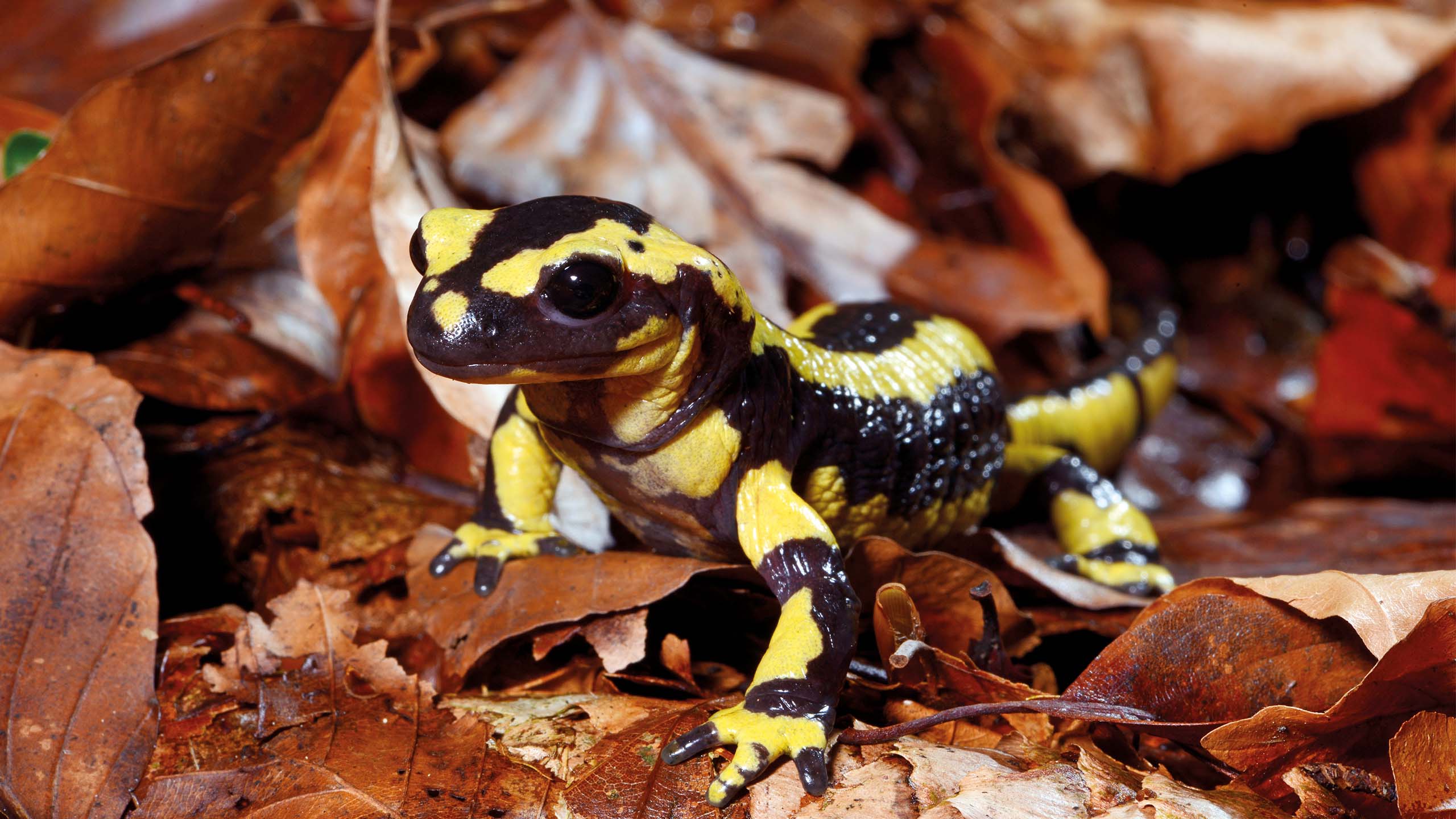
Salamandra Salamandra – a species that is managed at CC. © Benny Trapp
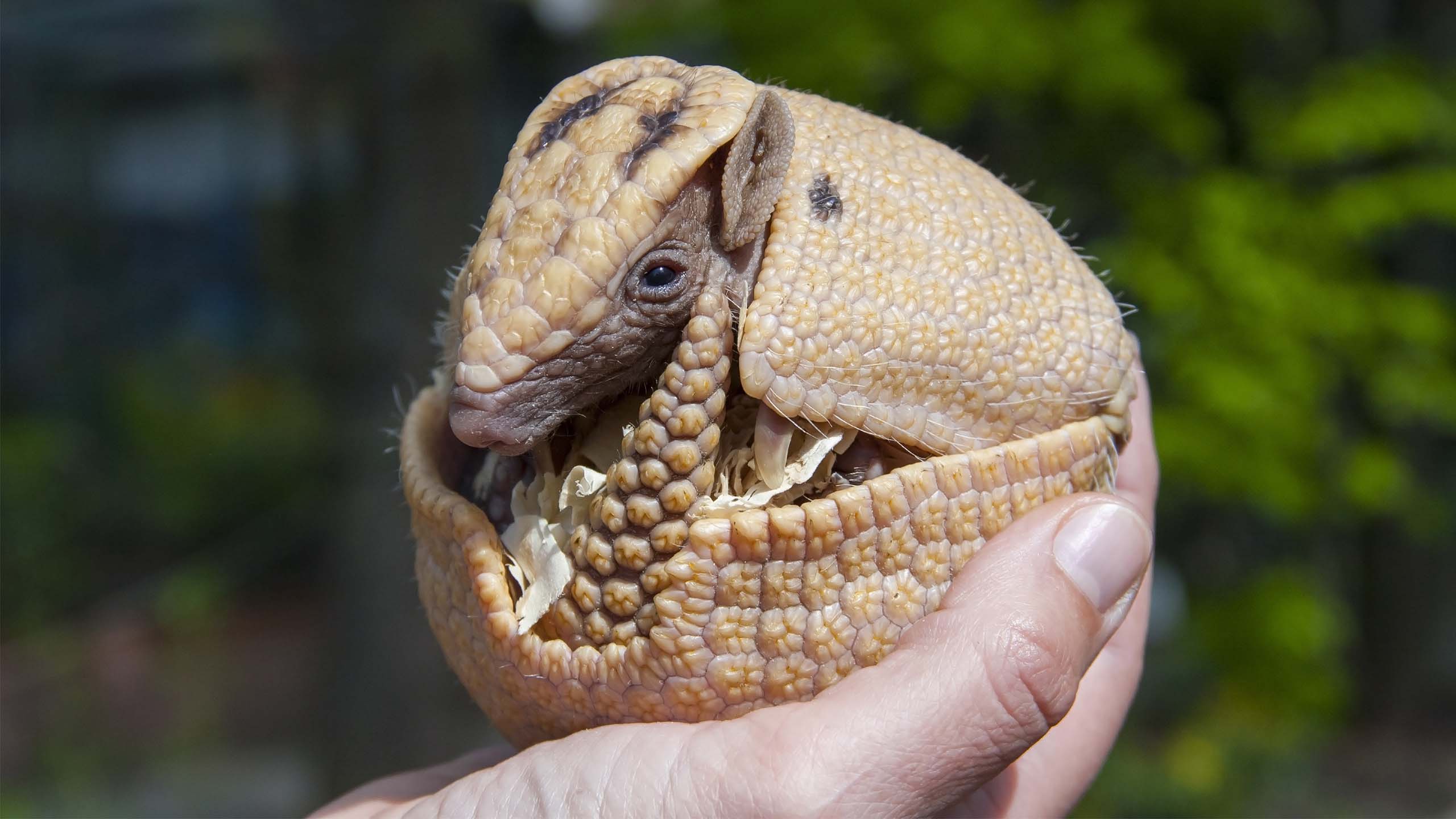
Tolypeutes matacus © belizar, Shutterstock
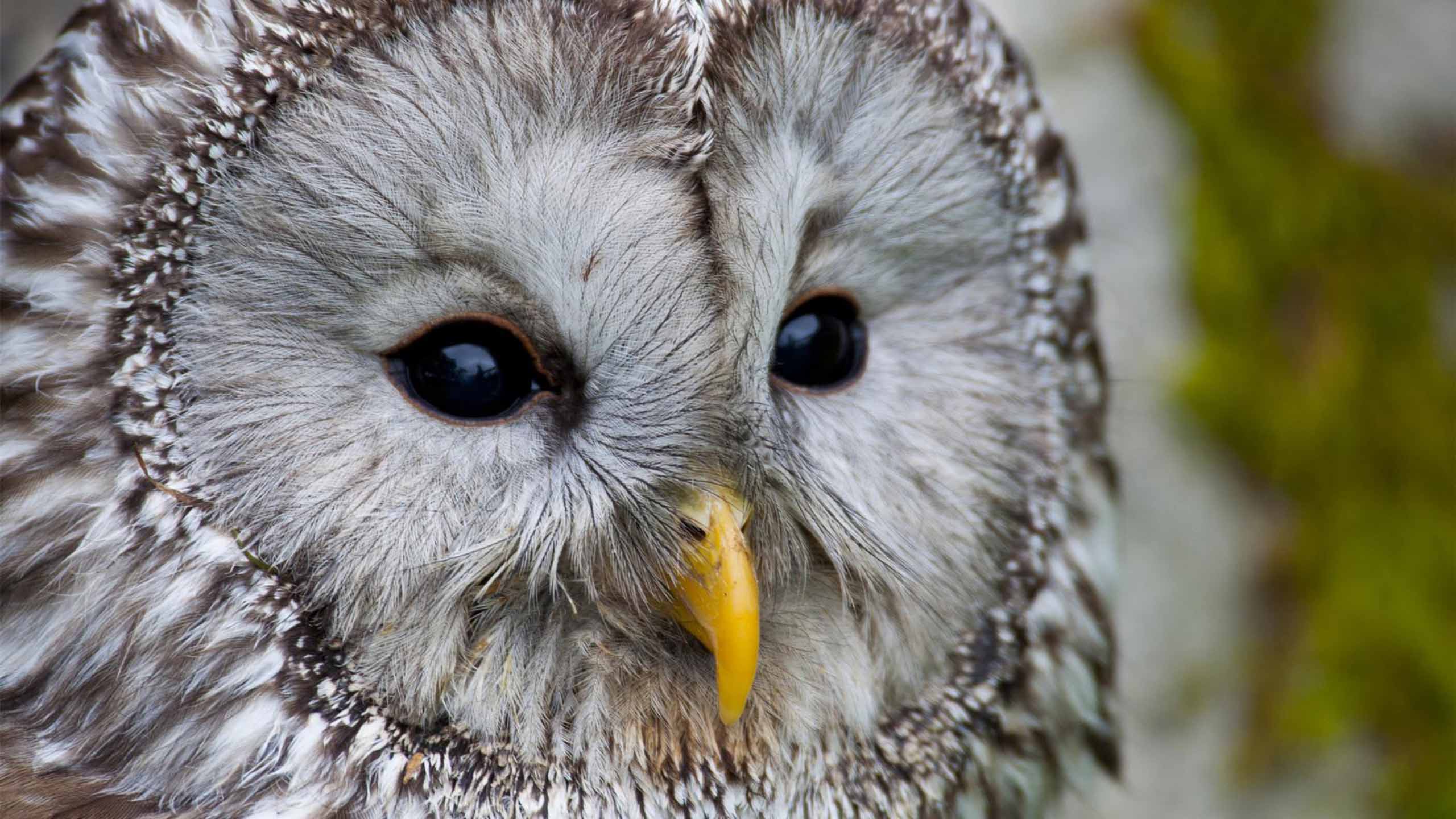
Strix uralensis © Jens Freitag, CC BY-SA 4.0, via Wikimedia Commons
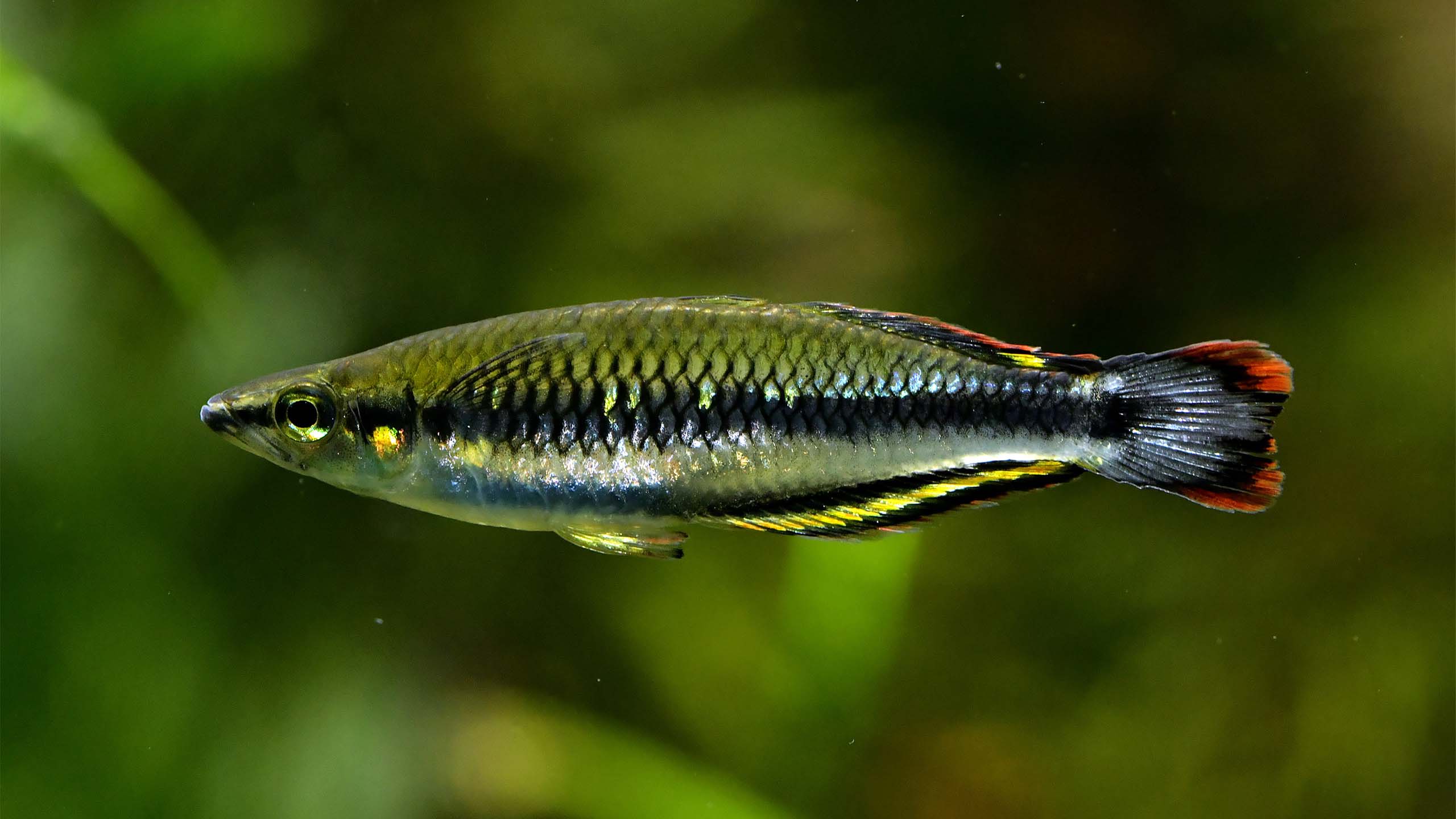
Bedotia madagascariensis – also a CC species. © Miguel Vence
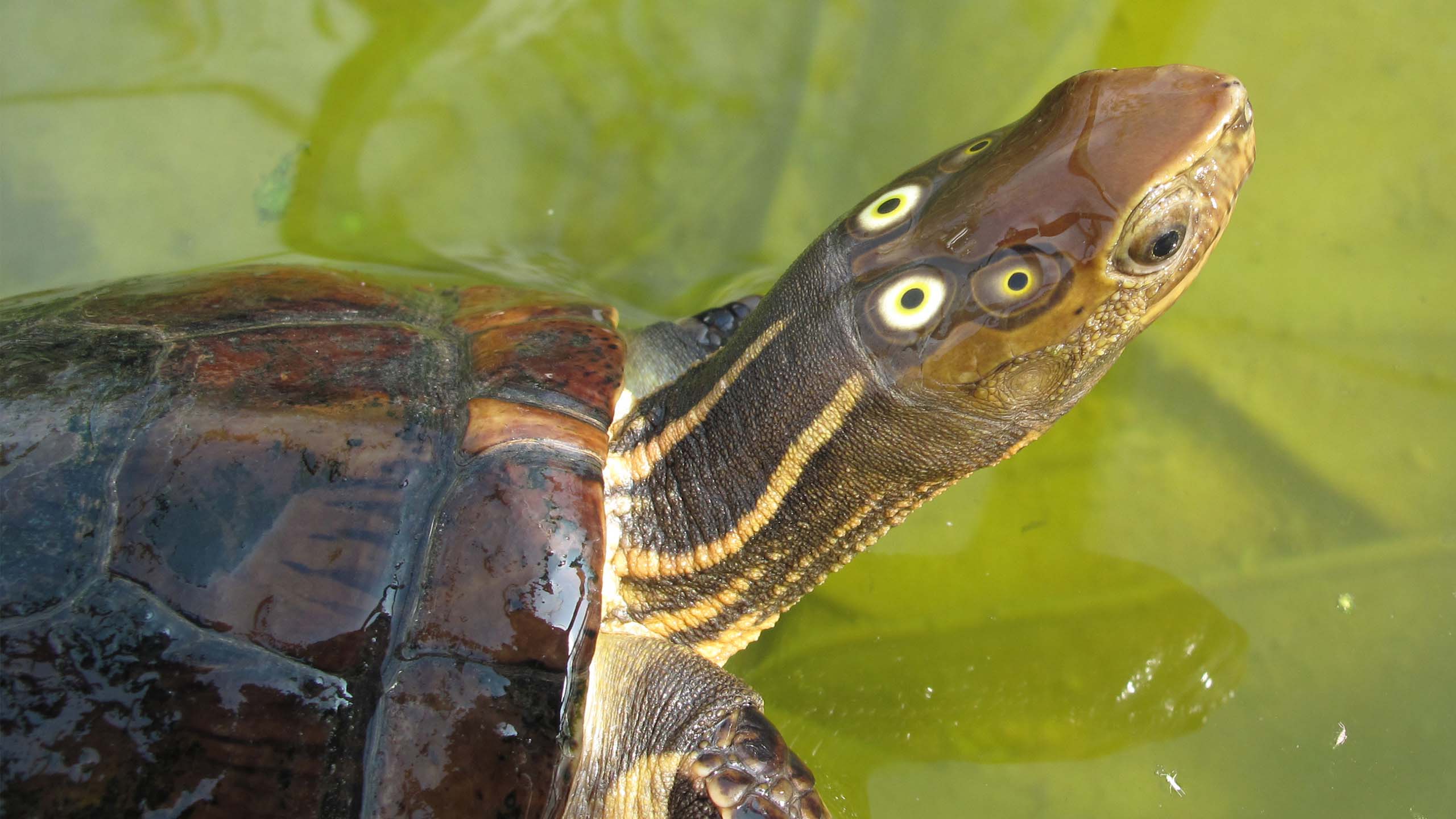
Sacalia quadriocellata © François Charles, CC BY-SA 3.0, via Wikimedia Commons
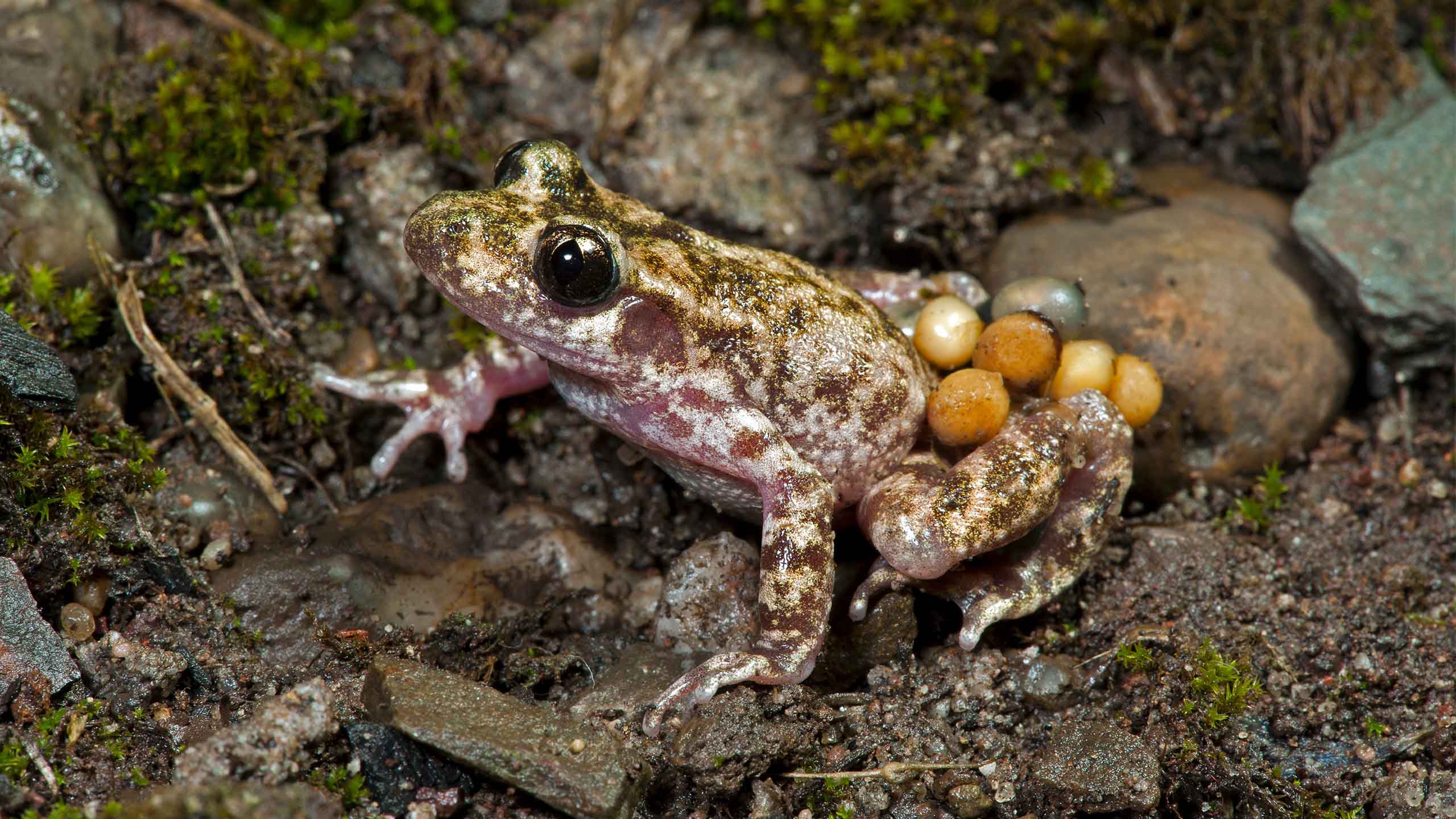
Alytes muletensis – this species is also cared for at CC. © Benny Trapp
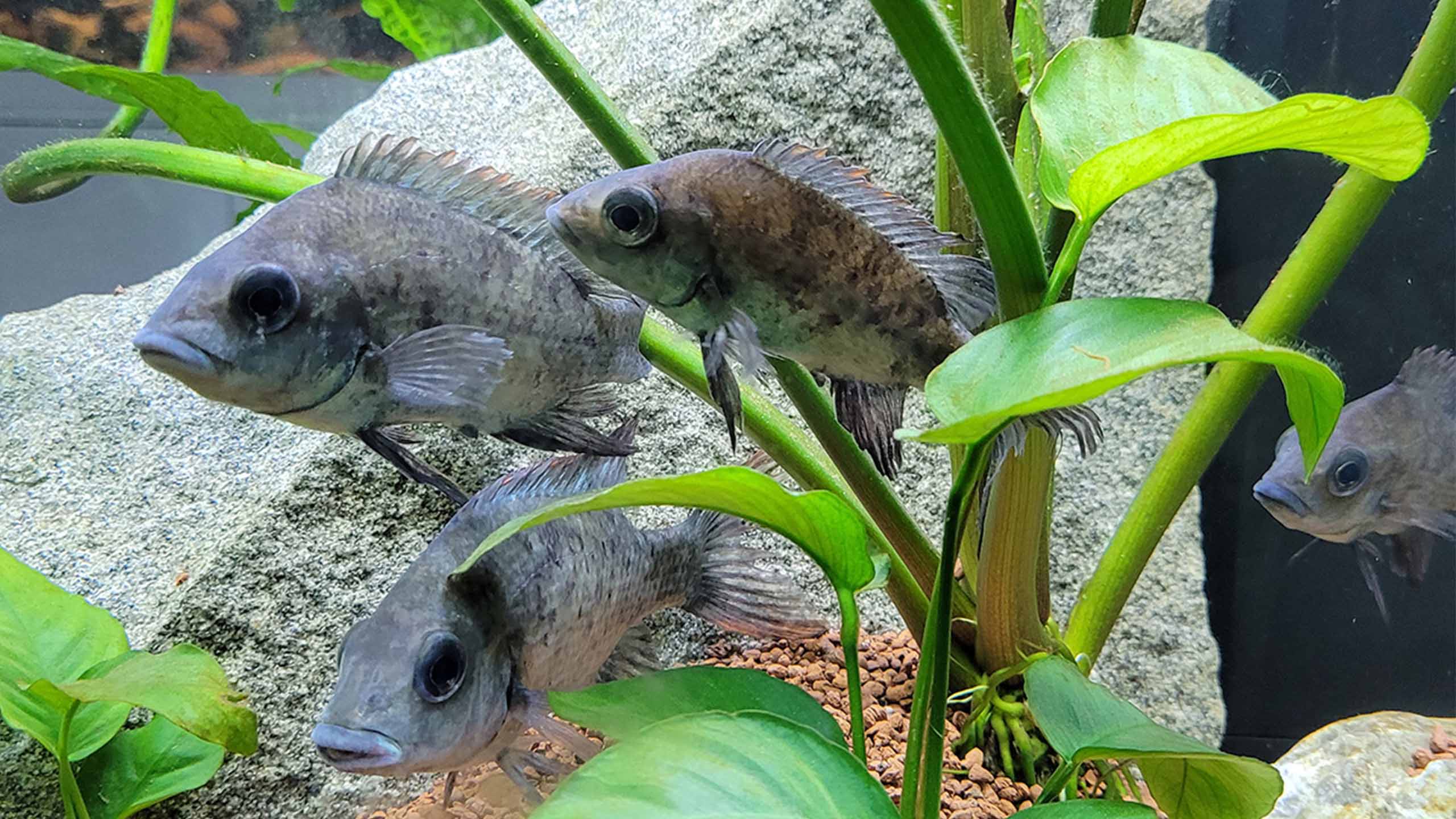
Ptychochromis insolitus, also a CC-Fish. © Tina Nagorzanski
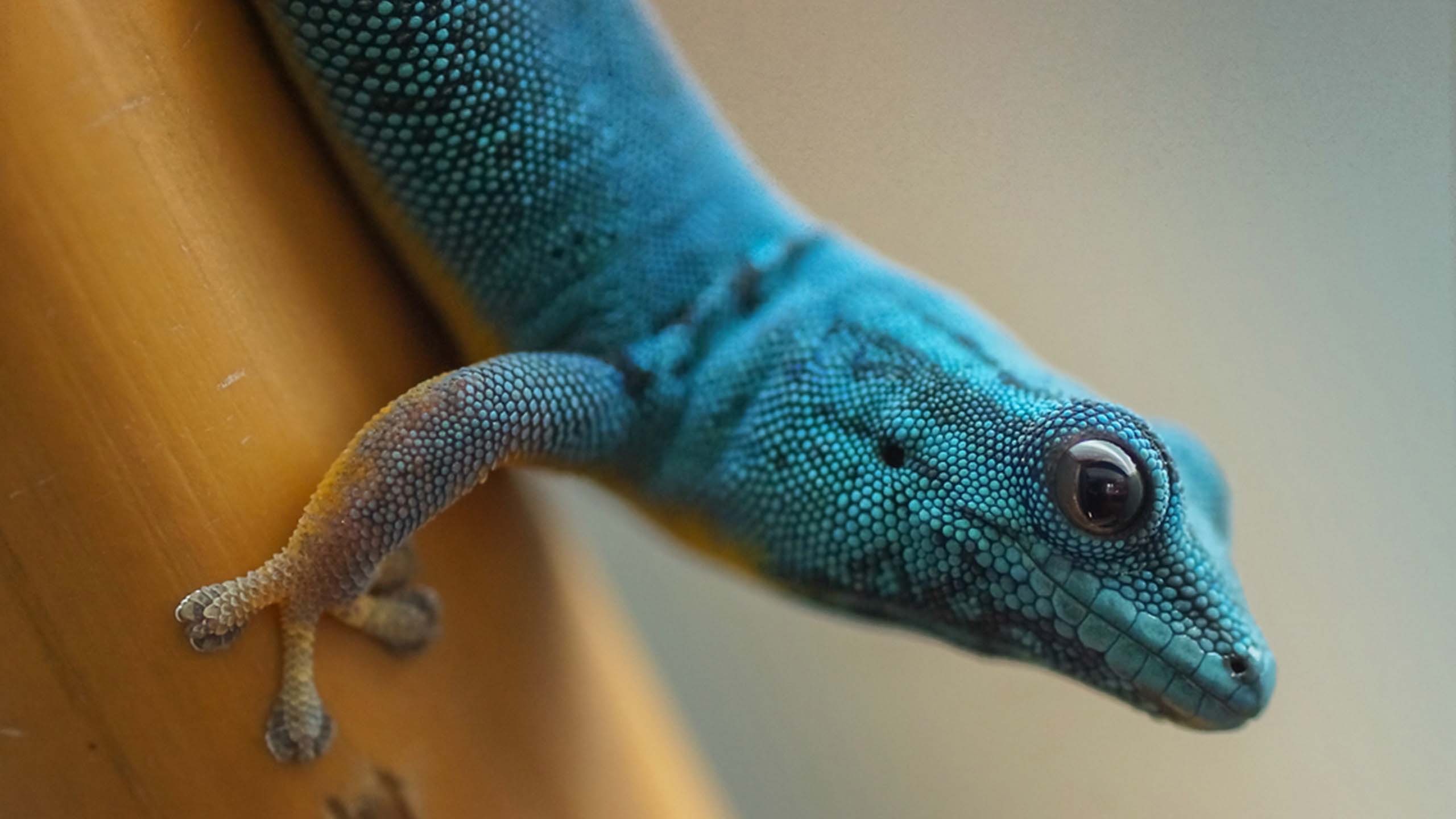
Lygodactylus williamsi © to.wi, CC BY-NC-SA 2.0, via flickr